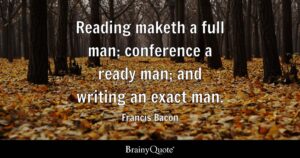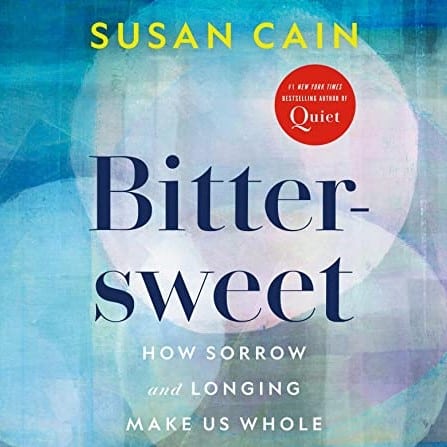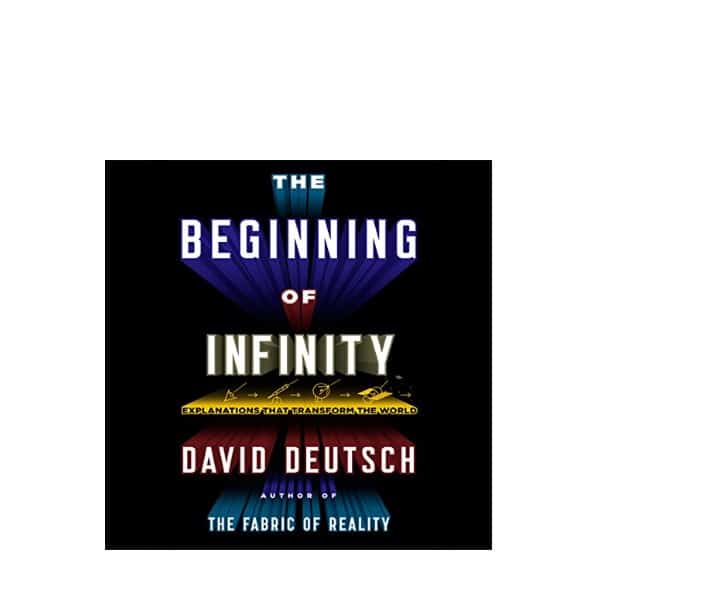In the above quote, Francis Bacon says that reading, gathering information to ponder and assimilate, equips a person with knowledge and ideas. Next, discussing with others helps broaden one’s perspective on their thoughts and ideas. Finally, writing their ideas in coherent and well-organized prose produces clarity and precision.
A complex labyrinth, a wilderness of unmarked paths, exists between perceived clear thinking and precise words on a page. Writing is an activity that is grossly underestimated until one begins. In days past, before the convenience of word processors, the floor around the writer’s desk would be littered with crumpled pages; aside from the desktop would be broken pencil leads and the stuff erasers left, and on the page, a few round stains, could be sweat, could be tears. What exactly is the challenge facing the writer?
To begin, abstract thought and language are the two most prominent attributes that express what it is to be human. Curiously, the two don’t always fit well together. Language is primarily linear. We string words together, using proper syntax, to communicate ideas. Ideas, perhaps the product of a recent solitary introspection session, are not linear. They are multi-dimensional. Also, they won’t hold still so that you can describe them. They are dynamic, flowing, and changing when viewed from different perspectives. They can contain qualia such as color, sound, aroma, and taste. When assimilated into your mind, they make friends with other ideas and become unbounded. So now you are challenged with describing them as they wiggle loose from your grasp and take on a life of their own. To begin is like the challenge of untangling the Gordian Knot, finding a single loose strand that can form the first sentence.
From this chaos, writing is the process that establishes order. It is a natural, life-giving procedure. Writing assists with your thinking. Start by writing down every thought. Thoughts are born pregnant, producing more relevant offspring as you go. Once everything you can think of is on the page(s), it should contain all you need for your first draft. It should include,
- Identification of your readers.
- Why they should want to read your work.
- The value they will acquire from the experience.
- All the elements for a comprehensive outline (yet to be constructed).
- A properly defended and provocative conclusion.
With your readers in mind, begin with something that piques their interest in reading your work and follow with how they will profit from their investment in the effort. Respect your readers. You’re not dictating your convictions but sharing your perspective for your reader’s consideration.
Returning to your notes, scattered throughout, are all the key points you want to cover. Pick them out, arrange them logically, and you’re ready to begin. The end of one paragraph and the beginning of the next pass the reader through a smooth transition. Writing stands shoulder to shoulder with all the other art forms. Savor the satisfaction of your creativity.
Prior to commenting, please review our privacy policy at: http://findnewcontent.com/privacy/




